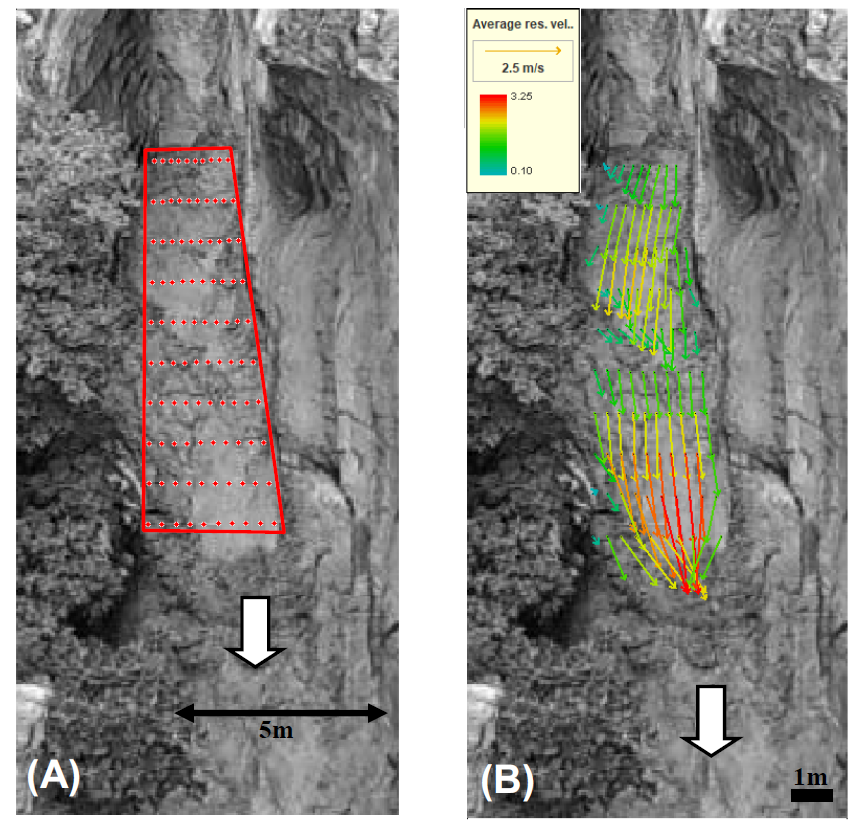Traditional monitoring approaches are unlikely to provide the level of detail required to advance our understanding and description of the underlying physical processes and mechanisms for both technical and economical limitations (Manfreda and McCabe, 2019). Indeed, our ability to monitor system processes in the face of recent climate and anthropogenic changes is being increasingly compromised by the significant decline in the number of monitoring installations over the last few decades (Shiklomanov et al., 2002). The dynamic nature and inherent variability of many hydrological processes dictates a need for new monitoring technologies and approaches able to increase spatial and temporal resolution of data.

How to cite: Manfreda, S., Dal Sasso, S. F., Pizarro, A., & Tauro, F. New Insights Offered by UAS for River Monitoring. Applications of Small Unmanned Aircraft Systems: Best Practices and Case Studies, 211, 2019.
